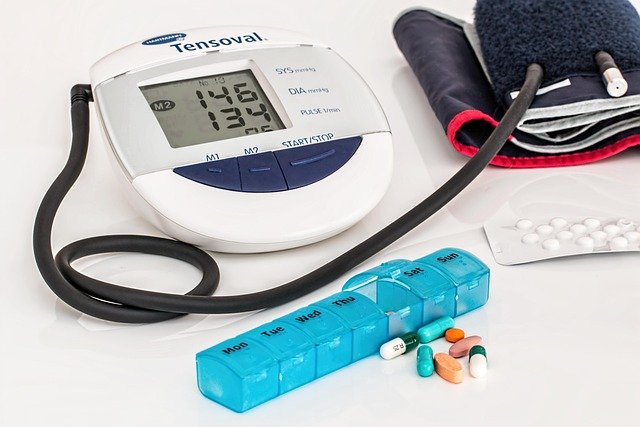Pulmonary Hypertension Treatment: Clear Options for Patients
Pulmonary hypertension (PH) is a serious condition where the blood pressure in the lungs’ arteries rises, putting strain on the right side of the heart and affecting breathing, energy and daily function. Treatment aims to reduce symptoms, slow progression and improve quality of life through lifestyle measures, targeted medicines, and sometimes procedures or surgery. This article explains common treatment approaches, how they relate to the lungs and heart, and when to speak with a doctor or consider hospital-based care. This article is for informational purposes only and should not be considered medical advice. Please consult a qualified healthcare professional for personalized guidance and treatment.

How does pulmonary hypertension affect the lungs?
Pulmonary hypertension begins in the small arteries of the lungs, where narrowing, stiffening or obstruction increases vascular resistance. As resistance rises, the lungs receive higher-pressure blood flow that impairs gas exchange and contributes to symptoms such as shortness of breath, coughing and low exercise tolerance. Inflammatory or fibrotic lung diseases, chronic blood clots, and left-sided heart disease can all influence the pulmonary circulation. Managing the lung component often involves optimizing treatment of any underlying lung disease, supplemental oxygen when needed, and pulmonary rehabilitation to improve breathing mechanics and endurance.
What is the connection to the heart?
The increased pressure in the pulmonary arteries forces the right ventricle of the heart to pump harder. Over time that extra workload can cause right heart enlargement and dysfunction, leading to fatigue, fluid retention, swelling of the legs, and fainting episodes in advanced cases. Cardiology assessment is central to PH care: echocardiography and sometimes right heart catheterization measure pressures and heart function. Treatments that lower pulmonary artery pressure or reduce vascular resistance can unload the heart, improving symptoms and potentially slowing right ventricular deterioration.
What medicines are used to treat pulmonary hypertension?
Medication choices depend on PH type and severity. Common classes include endothelin receptor antagonists, phosphodiesterase-5 inhibitors, prostacyclin analogs or receptor agonists, and soluble guanylate cyclase stimulators. Diuretics may control fluid retention, and anticoagulants are used in selected patients with chronic thromboembolic disease. Oxygen therapy is prescribed for chronic hypoxemia. Starting or changing medicines requires specialist input because dosing, side effects, and drug interactions matter—some therapies require continuous infusion or advanced monitoring. The goal of medicine is symptom relief, improved exercise capacity, and delaying progression.
When should you consult a doctor about symptoms?
If you notice unexplained shortness of breath, chest discomfort, fainting, or new swelling in the legs, consult a primary care doctor for initial evaluation. Because PH can be subtle early on, primary care providers often refer patients to cardiology or pulmonary specialists for targeted testing when basic tests show abnormalities or risk factors exist. Early referral matters: specialized centers and doctors experienced in PH can confirm diagnosis with right heart catheterization and guide complex therapies. Routine follow-up is important to monitor response to treatment and adjust medicines or supportive care.
What hospital-based treatments and procedures exist?
Hospital-based care can range from diagnostic testing—echocardiography, right heart catheterization, pulmonary function tests and imaging—to advanced therapies. For selected patients with chronic thromboembolic pulmonary hypertension (CTEPH), surgical pulmonary thromboendarterectomy can be curative when lesions are accessible. Balloon pulmonary angioplasty is an option at specialized centers for inoperable CTEPH. In severe, refractory cases, lung transplantation or combined heart-lung transplant may be considered after thorough evaluation. Hospitals with multidisciplinary PH programs coordinate cardiology, pulmonology, surgery, pharmacy and rehabilitation to provide comprehensive care.
Conclusion
Pulmonary hypertension treatment is increasingly personalized, combining targeted medicines, supportive measures for the lungs and heart, and procedural or surgical options when appropriate. Early recognition and care from experienced doctors and hospital teams improves the chances of stabilizing symptoms and preserving function. Because each patient’s cause and response differ, management typically involves ongoing reassessment and collaboration among specialists to select the safest, most effective treatment path.





